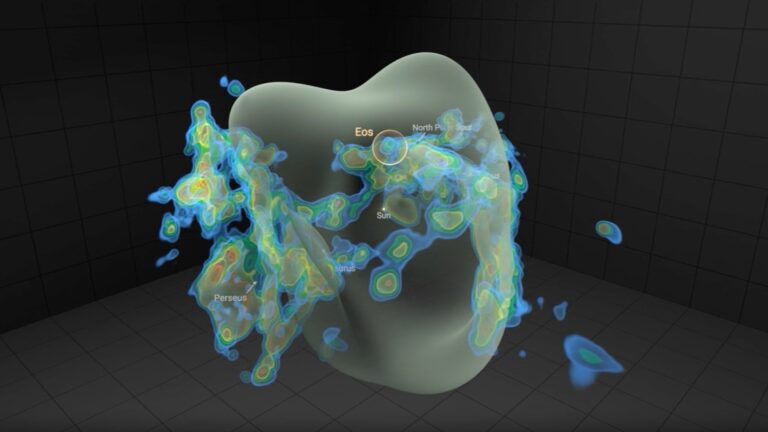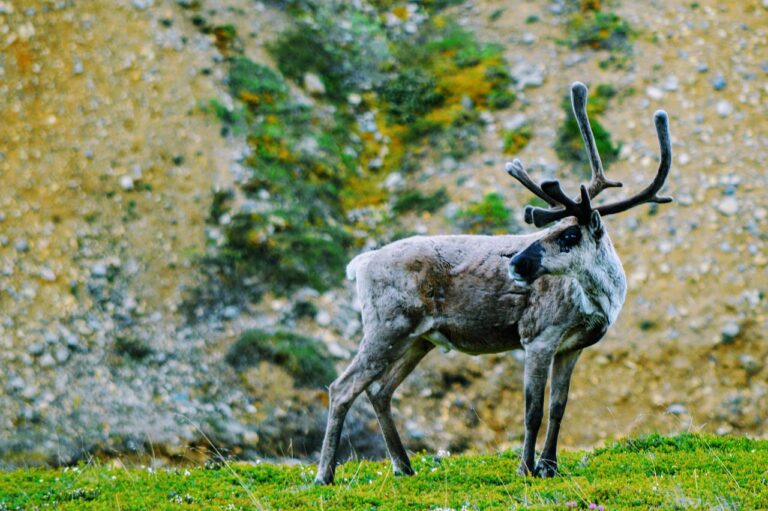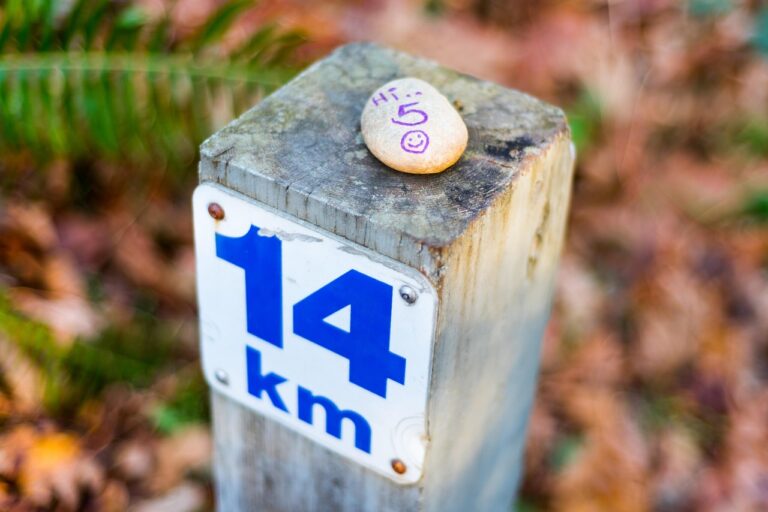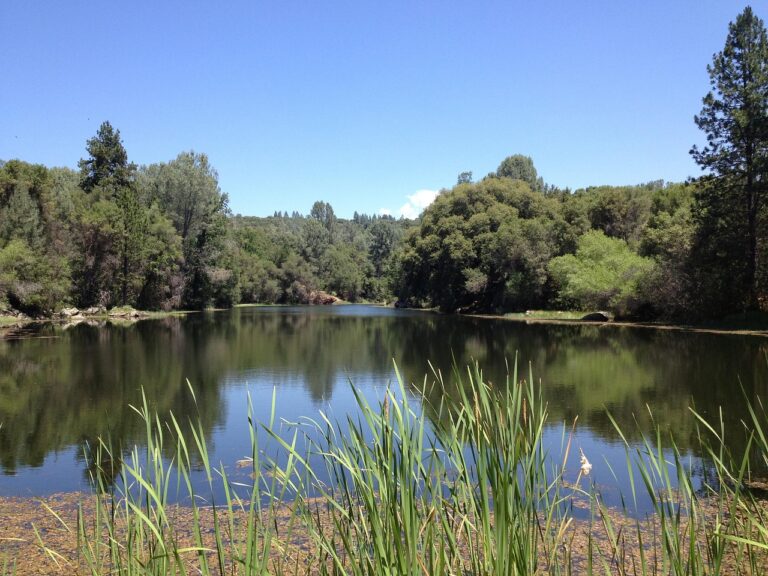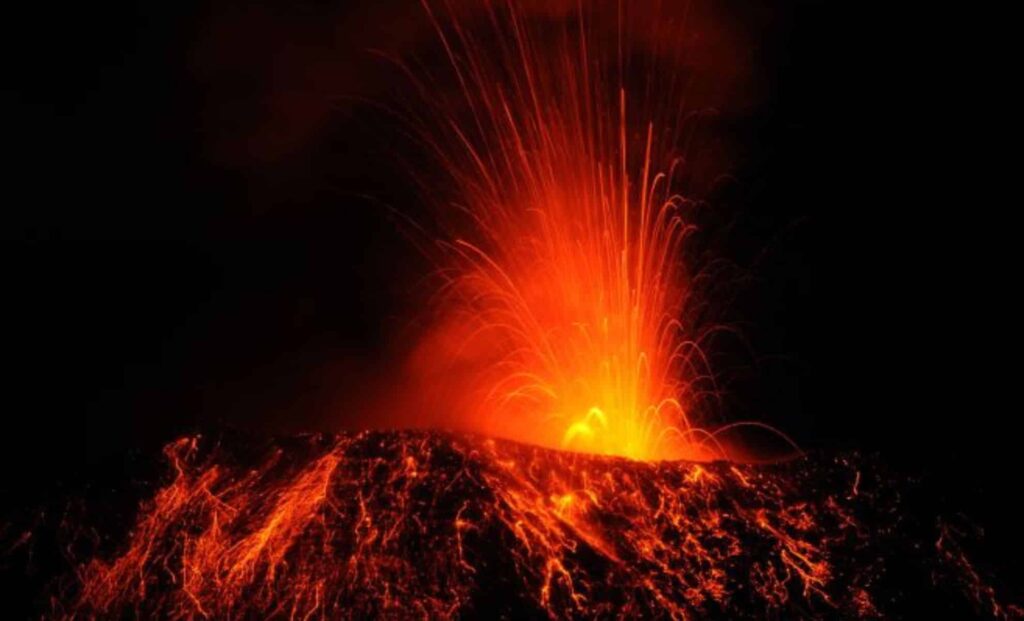
Scientists Uncover Hidden Source of Earth’s Largest Volcanic Eruption, Solving a 120-Million-Year-Old Mystery! – The Daily Galaxy
2025-05-01T14:30:00Z
Scientists have uncovered the hidden source of Earth’s largest volcanic eruption, solving a 120-million-year-old mystery about the Pacific’s volcanic evolution.
A groundbreaking study led by scientists from the University of Maryland and the University of Hawaiʻi has finally solved a long-standing geological puzzle: the connection between two of the largest volcanic features on Earth. Published in Nature, the research uncovers the hidden source of the Ontong-Java Plateau, one of the biggest volcanic platforms on Earth, and traces it back to the Louisville hotspot in the southern Pacific. The discovery links the Louisville seamount chain with the massive plateau, shedding light on how volcanic systems in the Pacific region have evolved over millions of years.
For decades, scientists speculated that these two geological features were related, but evidence to confirm this was elusive. Previous models of Pacific plate motion failed to provide a clear answer, largely due to the disappearance of key physical evidence. However, the new findings provide a solid link between the two volcanic systems and revise existing models of the Pacific seafloor’s movement.
The Missing Link: Louisville Hotspot and Ontong-Java Plateau
The breakthrough came when the research team discovered a series of underwater mountains near Samoa that were much older than expected for the region. By analyzing rock samples, the team was able to confirm that these mountains were part of an ancient segment of the Louisville hotspot volcanic track. This discovery helped the team to trace the Ontong-Java Plateau to the same hotspot, proving that both features originated from the same source.
Val Finlayson, the study’s corresponding author, emphasized the importance of this discovery:
“Up until now, we’ve had this extremely disconnected picture of the Pacific and its volcanoes. But for the first time, we’re able to make a clear connection between the younger southern and older western Pacific volcanic systems. It’s a discovery that gives us a more complete history of how the Pacific Ocean basin has evolved over millions of years to become what it is today.”
This connection rewrites the history of how the Pacific Ocean has developed and challenges previous assumptions about the region’s volcanic activity.
Revising Pacific Plate Models
Much of the physical evidence for a connection between the Louisville hotspot and the Ontong-Java Plateau had been lost, as part of the hotspot’s track was pushed under tectonic plates in the Pacific. To uncover the missing pieces of the puzzle, Finlayson and her team had to examine deeply submerged volcanoes in a different section of the Louisville hotspot track. The results were astonishing.
Finlayson further explained:
“Much of the physical evidence for a connection between Louisville and Ontong-Java has disappeared because part of the Louisville hotspot track was subducted, or pushed, under tectonic plates in the Pacific region. We had to sample deeply submerged volcanoes from a different long-lived hotspot track to find evidence from tens of millions of years ago that suggested our models for the Pacific plate needed revision.”
This new evidence has prompted the team to revise existing models of Pacific plate motion, offering a more accurate picture of how the seafloor has shifted over time.
Tracing Volcanic Footprints Across Time
One of the key methods used in the study was the tracking of volcanic “footprints,” which are remnants of ancient volcanic activity left behind as tectonic plates move over hotspots. The researchers compared these footprints to the way footprints fade in sand as a person walks away, with older traces appearing further from the hotspot.
Finlayson described this process:
“We can track these ‘footprints’ across time and space. The footprints get progressively older as you move away from an active hotspot, similar to how your own footprints will fade away in the sand as you walk. But you can still tell that these prints belong to the same source. Thanks to this new evidence, we were able to revise current models of Pacific plate motion and gain a better understanding of how the seafloor has moved over millions of years.”
This method of tracking the “footprints” allowed the researchers to fill in the gaps of Pacific geological history and gain a more detailed understanding of the region’s volcanic past.
Looking to the Future: More Mysteries Await
Although this discovery has solved a major geological mystery, Finlayson emphasizes that the team has only scratched the surface of what is to come. There are still countless unanswered questions about volcanic activity in the Pacific and beyond, and this study has opened the door for future exploration.
Finlayson concluded:
“We’ve solved one mystery, but there are countless more waiting to be unraveled. This finding offers us a more accurate history of the Pacific and its volcanic activity and helps us understand more about the dynamics and style of volcanism that occurs there.”
The team now plans to apply their findings to other volcanic features around the world, hoping to uncover more about Earth’s tumultuous past and how it has shaped the planet we live on today.
Auto-posted from news source

